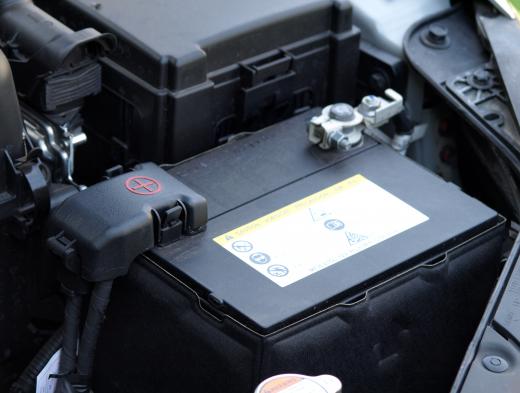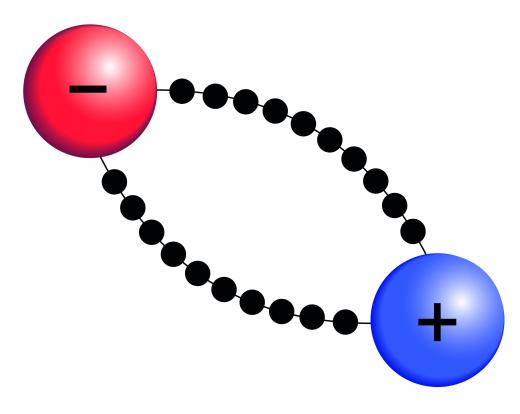Capacitors are devices that store power to release in quick bursts. While batteries take a relatively long time to charge and can discharge over a long period of time, charging a capacitor can sometimes take as little as a second, and discharge can occur in a fraction of a second. Accessory capacitors are frequently used as storage cells in car audio to help power amplifiers that need to drive subwoofers with loud bass signals.
To charge a capacitor, you must connect it to a power source through a resistor or light bulb, usually included with the capacitor, to control the flow of power. Connect one end of the resistor or bulb to the capacitor's positive terminal, then connect a ground wire to the capacitor's negative terminal. To actually charge a capacitor, connect a wire from the positive terminal of the battery or power source to the resistor or bulb, and keep it there until the capacitor is charged, usually indicated by the bulb going completely dim. One very safe way to do this is to have a fuse between the battery and capacitor which you can remove while you are working with the wiring.

If you want to charge a capacitor in a car audio setting with an amplifier, the wiring will be roughly similar. Instead of wiring directly to the battery and to the ground, you will be installing the capacitor between the battery and the amplifier. The positive wire should go from the battery to the capacitor, and an additional wire should go from the capacitor's positive terminal to the positive power terminal on the amplifier. On the negative side, wire the amp's negative terminal to the capacitors, then run an additional wire from the capacitor to ground.

When you charge a capacitor, remember the danger inherent in the process. A completely discharged capacitor is harmless. Once charged, however, it can release a large quantity of power in a very short time. It is very easy to get shocked, making it crucial that you never connect yourself across both of its terminals. While car audio capacitors typically do not carry enough voltage to be dangerous in dry conditions, they can be dangerous if their terminals or your hands are wet. Other high-power capacitors, including those in computer power supplies and older television sets, can be lethal if touched when charged.
